Welcome to the week. Here are the most notable news items our community has come across in the past seven days…
Rural bus service: Oregon recently ended service of a key bus route in eastern Oregon, and it’s an unfortunate trend that rural transit is being sacrificed to the budget gods. It doesn’t have to be that way says former Metro President David Bragdon. (EnoTrans)
Exposure risks: It’s a truism of transportation that fewer miles traveled by car equals less exposure to the dangers cars pose. So it makes sense that pricing travel and reducing VMT, like NYC did in Manhattan, would lead to safer streets. (Daily News)
Depoliticization: Want to win the debate of whether cities and states should invest in bike lanes or wider freeways? Think about how you frame the debate. (Omer Rafael Bor on Substack)
Social media is good, actually: When it comes to building the bike bus movement, social media has been vital. And I can prove it by sharing what happened when someone tried to popularize the idea before we had social media. (Note: I did not write the headline.) (The Guardian)
Cars are the new cigarettes: “New Zealand’s ‘road lobby’ uses the same tactics as the tobacco industry to obstruct transport policies like walking and cycling, a new University of Otago study says.” (RNZ)
It’s a global epidemic: Lest you think the stubborn scourge of road traffic deaths is an American thing, don’t forget that developing countries across the globe have it much worse. This expert thinks road planning and safety should be treated like a public health epidemic. (The Guardian)
Pay up: Washington D.C. has a law on the books that allows the city to file a lawsuit against out-of-state drivers who don’t pay traffic fines. (Washington Post)
SF is moving from the center to the right: Not politics, but a major bike lane that was piloted in the center of a busy commercial street is being moved curbside — and still folks are mad. (ABC News)
Thanks to everyone who sent in links this week. The Monday Roundup is a community effort, so please feel free to send us any great stories you come across.

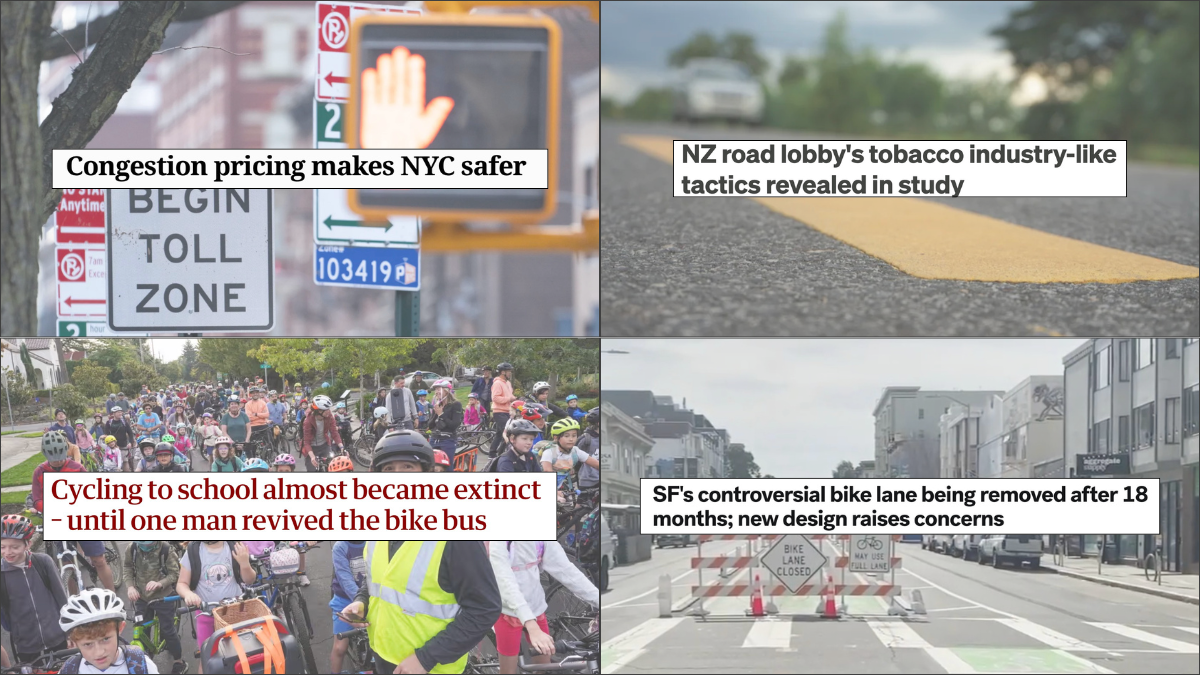
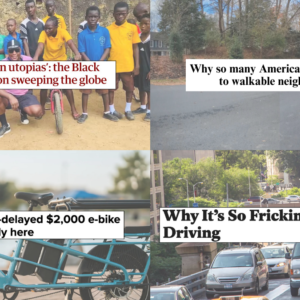
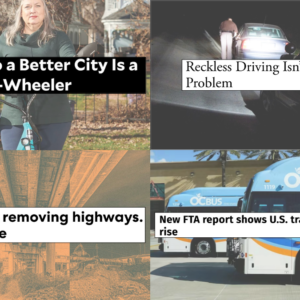
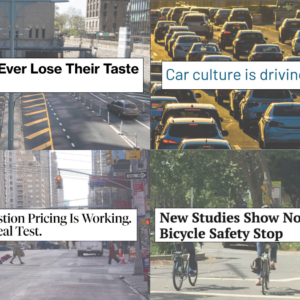
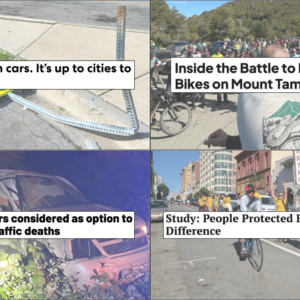
Thanks for reading.
BikePortland has served this community with independent community journalism since 2005. We rely on subscriptions from readers like you to survive. Your financial support is vital in keeping this valuable resource alive and well.
Please subscribe today to strengthen and expand our work.
On the intercity bus front: might be more accurate to say that FlixBus/Greyhound ended service (Oregon still funds the East Point Bus from Ontario to Bend via US 20. https://www.oregon-point.com/routes/eastern). The loss of Greyhound on both the I5 corridor and the I84 corridor is awful though, ODOT really needs to step up to fund at least a daily trip on both corridors.
I wrote more on my own blog about it (shameless plug: https://city-hikes.com/2025/01/04/where-have-all-the-buses-gone/)
Does anyone here know the reasons why SF is moving the Valencia bike lane? It seems no one likes it, and merchants blame it for a reduction in foot traffic.
I’m very curious how putting the bike lane in the center of the street would impact businesses and foot traffic, and why moving the bike lanes to the street edges would change that.
Does anyone know more about the project history and politics?
There’s a lot of silly nonsense around it… center-running preserves a lot of parking compared to what they’re going to get out of side-running PBLs. There are some navigation difficulties but this is SF, where three-rights-to-make-a-left is as common as anywhere.
I kinda think the real issue is that with the center-running bike lanes it’s harder to double-park. San Francisco drivers cherish double-parking (usually in bike lanes) almost as much as Wisconsin drivers cherish drunk-driving.
I don’t know if your assessment of Wisconsin drivers is accurate, but it is amusing
I’m not entirely sure. The news article talks about 70 parking spot removals, but when I looked for details I found this incredible local article highlighting that basically all parking spots were lost to loading zones and parklets. I’m guessing here, but I think the design necessitated more loading since deliveries could no longer block the bike lane.
I think the design wasn’t great, but that was mostly based on my experience biking on it. It felt really sketchy getting in and out of it (though riding in the middle of the street really was fun). But I only rode it a few times, so take that with a grain of salt.
The new design routes the bike lane between the “parklets” (ie restaurant seating) and the sidewalk. Talk about dumb ideas… It’s essentially a bike route through a restaurant.
Yeah… that’s what I call a “San Francisco moment” (an overthought solution to a problem with a pretty easy solution that they do because someone somewhere might be angry about it)
Depolarization: the value of car travel is based on time saved, more or less, and people on public transportation don’t get much consideration of their time. If they were important wouldn’t they just get themselves a car?
Car users don’t often think much about the time out their lives that they trade for private motor vehicle access. Car ownership is taken so much for granted that it is one of the bright lines between social classes. A person without at least one car in their household, or perhaps the disposable income to hire a car and driver at will, has to swim hard to pass for a citizen.